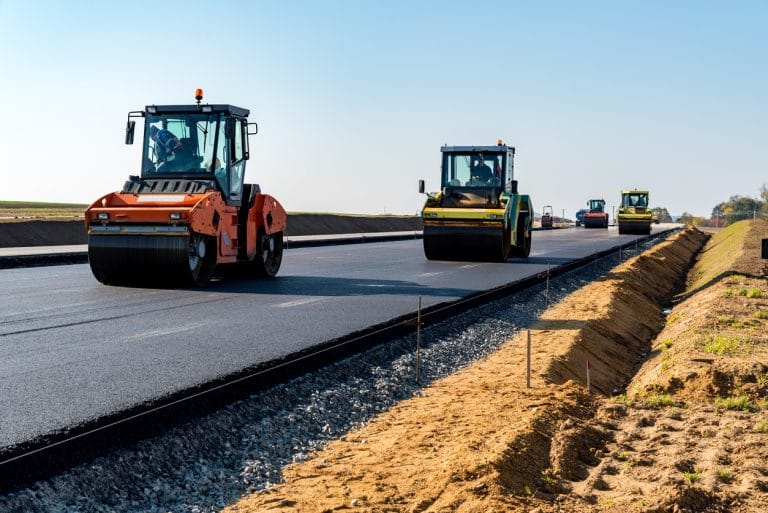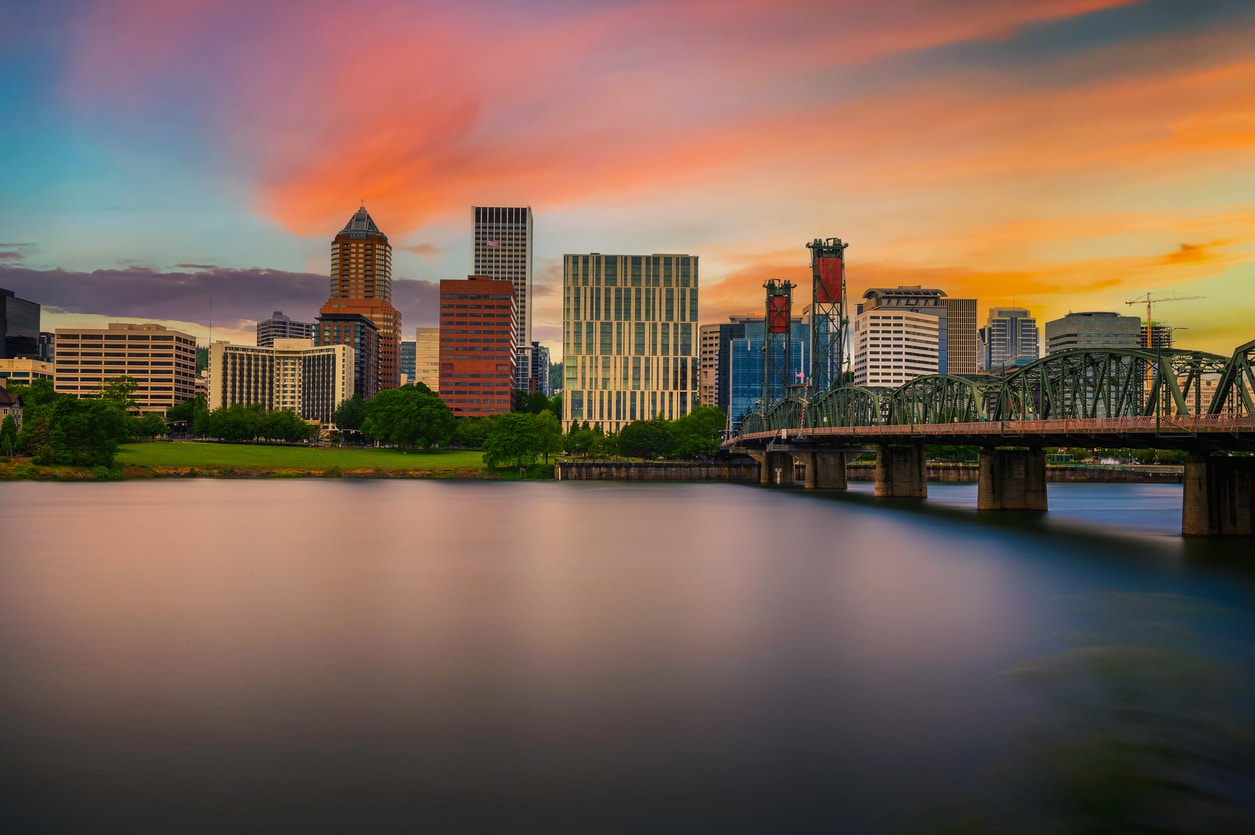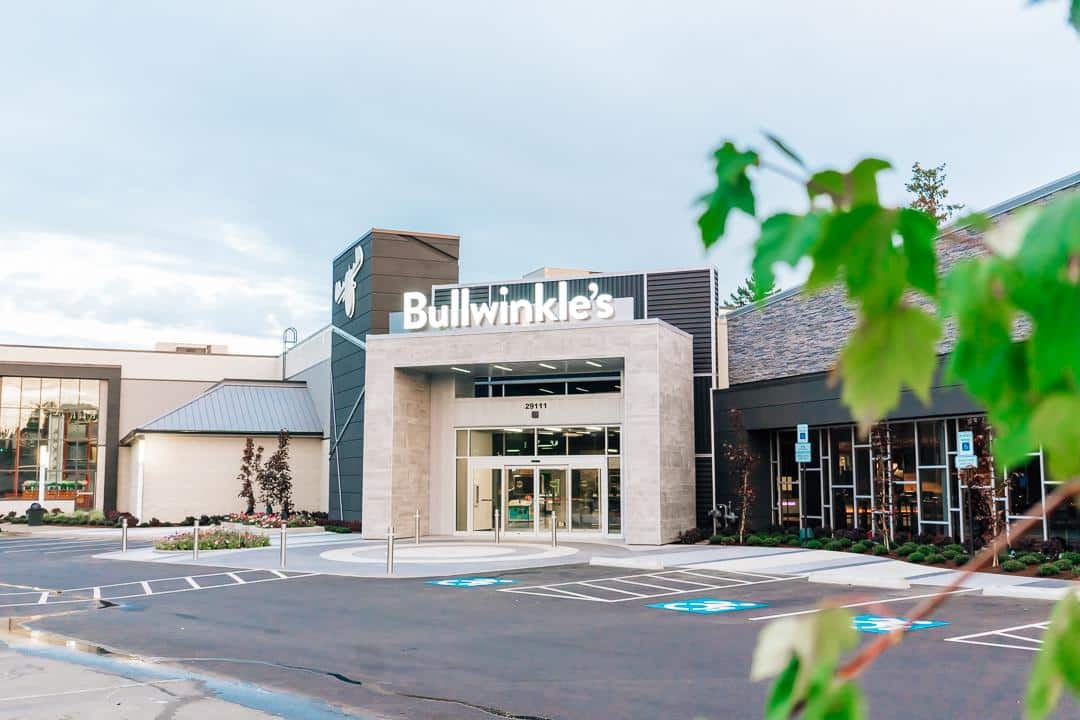Will New Transportation Funding Make Portland Real Estate More Affordable?

Like it or not, your taxes are going up (sigh) and there will be a lot of upcoming road construction (sigh). Hopefully this will improve the city of Portland longer term. Last week, the Oregon legislature passed a massive transportation bill that will fund investments in transportation infrastructure across the state. The bill will increase vehicle registration and title fees as well as statewide payroll tax and fuel taxes to raise the $5.3 billion it has promised to improve Oregon transportation system over the next 10 years. Nothing of its kind has been rolled out since 2009. We want to take a look at this and how it will impact the Portland real estate market and local Portland neighborhoods.
Transportation affects the way a city looks, feels, and sounds. It also has a huge impact on the everyday life of Portland residents, playing a major role on whether or not we can afford to live here. Let’s take a look at Portland-specific improvements in the transportation bill, and how they will impact Portland neighborhoods, homes and real estate affordability.
Powell Boulevard
Powell Boulevard is a major East/West transit corridor for Portland. It was originally a Portland Streetcar line, dating back to the late 1900s, and some of the neighborhoods along the Boulevard are of a similar vintage. Residents of inner Southeast Portland neighborhoods like Foster-Powell and Richmond, to as far out as Powelhurst-Gilbert and Gresham use Powell Boulevard as their route in and out of Portland. It’s considered a high crash risk by the City of Portland for pedestrians, cyclists and motor vehicles.
The $110 million earmarked to improve Powell Boulevard will concentrate on a four-mile section from SE 99th Avenue, just east of I205, to the city limits near SE 174th Avenue. Details are few at this point, but a Portland Bureau of Transportation press release promises a “complete rebuild, transforming [Powell Boulevard] from a crash-prone highway to an urban main street with safe access for people biking, walking and taking public transit”.
Because this area is so densely populated, this construction work will certainly impact the lives of all Portlanders who commute, but the results will be well worth it. Expect these neighborhoods to become all the more desirable once work is finished.
Widening Freeways & Highways
The bill also includes two major freeway projects. On Interstate-205, which takes commuters around the east side of Portland and is a major connector for Tualatin, Oregon City and Southeast Portland, a northbound lane will be added between Powell Boulevard and Interstate-84.
I-5, the main freeway passing through downtown Portland, will also receive an overhaul. Onramps and exits will be moved to ease congestion, shoulders will be added to improve safety, and auxiliary lanes will be extended for traffic that gets on the freeway and then right back off. In addition, planners are calling for a “lid”, or a land bridge, that will add green space and improve pedestrian and bicycle connectivity, over part of the freeway.
Highway 217, between Beaverton and Tigard, is also up for widening under the transportation bill. This vital corridor connects two expanding communities, with many acres in new development adding thousands of new homes to the Portland real estate market in the coming years.
Safe Routes to Schools
The national movement behind Safe Routes to School aims to improve safety for students walking and biking from home to school. In many Portland neighborhoods, kids live close enough to walk to school but parents opt to drive them because of a lack of good infrastructure. Or, those kids walk or bike anyway — without the aid of sidewalks, crosswalks and bike lanes — putting themselves at risk every day.
Statewide, this transportation bill promises $10 million per year for Safe Routes to School initiatives, which will increase to $15 million per year by 2023. As the state’s major metropolitan area, Portland will be a strong contender for those funds. Currently, SRTS exist in 17 different Portland-area school districts. Check out
https://www.saferoutespartnership.org/pacific-northwest for maps.
According to Safe Routes Pacific Northwest, this level of investment in Oregon SRTS is unprecedented, and the outcomes will improve livability for all Portland residents, not just students. More feet on the sidewalks and seats on bicycles means fewer cars on the road, less congestion and pollution, and healthier citizens.
Public Transit
In the vein of reducing traffic, rather than just expanding freeways to accommodate it, this bill includes major funding for TriMet bus operations. How much? A lot: $35 million to $40 million a year.
Some ways TriMet will spend the money include:
- Expanded service routes, like the new Division Transit Project, which will provide faster and more efficient service along the major East-West corridor of Division Street.
- Providing a low-income fare for the first time, allowing residents of less affluent Portland neighborhoods to use transit for getting across Portland for work and school.
- More bus-only lanes and transit priority traffic signals, which will improve bus service by helping buses get through rush-hour congestion.
Public transit has a big influence on how Portland will look and feel as we add hundreds of thousands of new residents over the next decades. Will we grow like New York, or Los Angeles? Hopefully, neither — Portland has always had a specific character and nobody wants to change it. However, most planners agree that to preserve the pristine natural areas and farms surrounding Portland, infill is necessary. For everyone to coexist well in a small amount of space, excellent public transit is vital.
Housing + Transportation = Affordability
As a real estate agent, I often get asked, “How affordable is Portland?” The answer of course depends on on who you are, what your housing needs are, and what part of Portland you want to live in. But it also depends on what your transportation options are. Longer commutes are generally, more expensive, and walking, biking and taking public transit are more affordable than relying on personal vehicles to get around.
Transportation costs are typically a household’s second-largest expenditure, after housing. According to the research group Community Neighborhood Technology, in Portland, housing typically absorbs 30% of household income, while transportation takes up another 19%. However, that number ranges from 13% to 27% across Portland neighborhoods, based on their access to jobs, availability of transit options, and how compact and walkable those neighbors are.
Hopefully, this new transportation bill will reduce that number for many Portland residents and ultimately make their lives more affordable (we’ll see). Hopefully Portland will make transportation — and therefore life — more affordable and easier on everyone.


